Nature is never static. Land that was one ecosystem this century may be another next century – or even next year. Every acre is, ecologically speaking, always coming from somewhere and going to somewhere. So let’s use this principle of ecological succession to devise some cool spells! Flesh to Stone and Earth to Mud are classics, but what about Meadow to Forest? Trust me, it’s cooler than it sounds! The specifics in this post are drawn from the southern boreal forest on Isle Royale in Lake Superior, but you can adapt these same principles to most any setting.
This post is brought to you by beloved Patreon backer Justin Moor. Thanks for helping keep the lights on! If you want to help keep this blog going alongside Justin, head over to the Patreon page – and thank you!
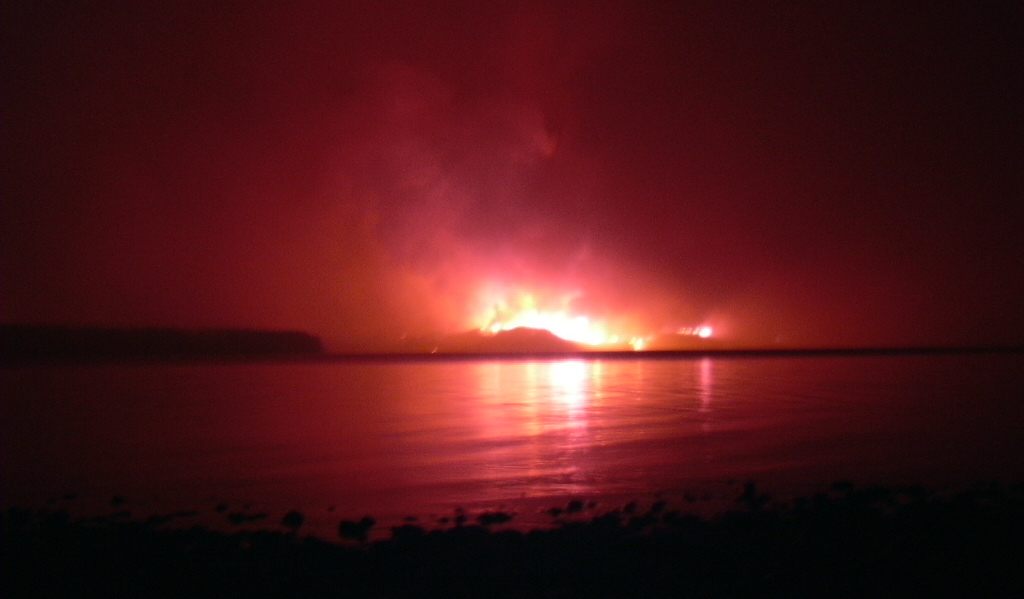
Forest to Meadow
First, there’s the obvious. Forest thinning on Isle Royale can be caused by severe windstorms, pest infestations, or tree diseases, but the principal agent is fire. Hence Forest to Meadow creates a miniature severe forest fire and then recovers from it all in four rounds.
In the first round, all the underbrush roars into flame, burning anyone in the area. In the second round, the fire spreads to the tree canopy. The oven-like heat may cause some trees to explode as their sap boils, spraying shrapnel and steaming pitch across the area covered by the spell. In the third round, the fire ends. Burnt tree trunks topple, risking further damage to characters and becoming fallen logs. Foliage bursts to life in the blackened, nutrient-rich soil: grasses, fireweed, and pearly everlasting. This rapid growth may twine around the ankles of the unwary, tripping them up. In the fourth round, post-fire saplings burst forth to speckle the meadow: a handful of paper birches, aspens, and mountain ashes. Folks caught off guard may be speared as the saplings shoot up from the rich earth. What was once a forest is now a bright green meadow, dotted with saplings and strewn with charred logs.
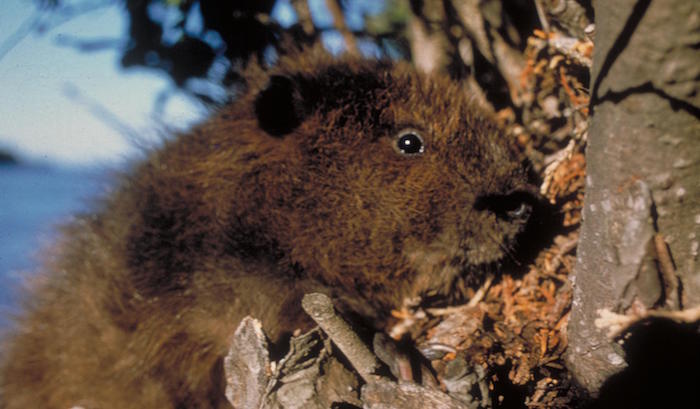
Meadow or Forest to Pond
Now, this meadow might gradually become a forest again, and we’ll cover that later in this post. But let’s go in a different direction, and turn it into a pod. The relevant agent for pond creation on Isle Royale is the beaver. Wherever there is a stream, a beaver may build a dam. These dams stop the flow of water down the stream, so the stream widens and deepens (and widens and deepens) until it forms a pond behind the dam. Eventually, the water level rises to a point that overtops the dam and the flow of the stream resumes – but the pond remains. The process is the same for forests becoming ponds.
Meadow or Forest to Pond takes three turns and only works in an area with a stream or river. On the first turn, the beaver dam appears. It causes little change to the area save creating a bridge across the stream. In the second round, the pond fills up. In deep, narrow valleys, the pond will be deep and narrow, and creatures standing where it formed will suddenly be underwater. In wide, shallow valleys, the pond will be wide, shallow, and full of vegetation. Creatures standing where the pond appeared may have a hard slog to get to shore. If the pond formed where there used to be meadow, there may be low islands of grass or sedge. If there used to be forest, the trees whose roots are underwater will die this turn as well. On the third turn, dead trees will topple into the water (potentially dealing damage) and the grass islands will disappear.
The spell also summons great quantities of birds to occupy the space in and around the pond: mallards, ring-necked ducks, hooded mergansers, kingfishers, cedar waxwings, olive-sided flycatchers, and swamp sparrows. Fish swim in the pond: white suckers, brook sticklebacks, and golden and blacknose shiners. The area teems with terrestrial life too: green frogs, painted turtles, garter snakes, muskrat, moose, and – of course – beavers.
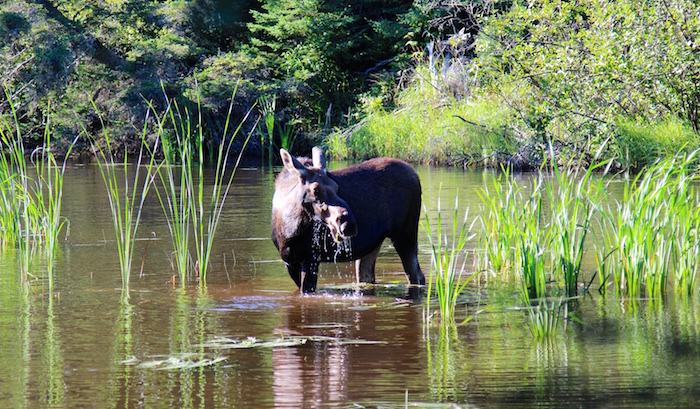
Pond to Bog
Eventually, the beavers die or move on or the flow of the stream lessens. Non-beaver ponds may silt in, or their outflow may erode down far enough that the pond drains. Either way, what was a pond becomes a bog.
Pond to Bog takes three rounds. In the first, the pond grows shallower and aquatic plants like cow lily cover the surface. What was open water becomes difficult terrain. On the second round, a dense mat of sedges and sphagnum moss appears, floating atop the (by now quite shallow) pond. Anyone still wading in the pond becomes trapped in the mat and will have to tear themselves free. Shrubs sprout from this mat, contributing to its thickening and wrapping around exposed ankles or the throats of those caught in the mat: leatherleaf, bog rosemary, sundew, and pitcher plants. On the third round, the mat reaches all the way to what was once the bottom of the pond and becomes waterlogged soil. Anyone still trapped in the mat is now likely stuck in dirt up to their chest and must dig themselves out. Trees leap from the squishy soil: black spruce in acidic soil, white cedar in alkaline, and alders in both. Folks standing atop the soil may be speared by the suddenly-rising trees.
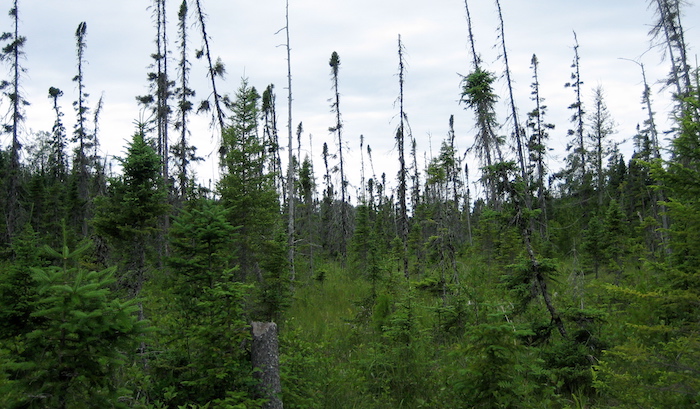
Bog to Forest
Bogs may revert to ponds, or they may continue to dry and become forest. Bog to Forest takes two rounds. In the first, exposed muddy ground or stagnant water becomes dry. Touch-me-not, loosestrife, Joe-Pye weed, raspberry, and rushes grow swiftly then die, replaced by bluejoint grass. These may twine around ankles and trip the unwary. In the second round, white spruce and balsam fir replace existing trees and fields. Old trees fall and new trees grow in the same manner as the other spells.
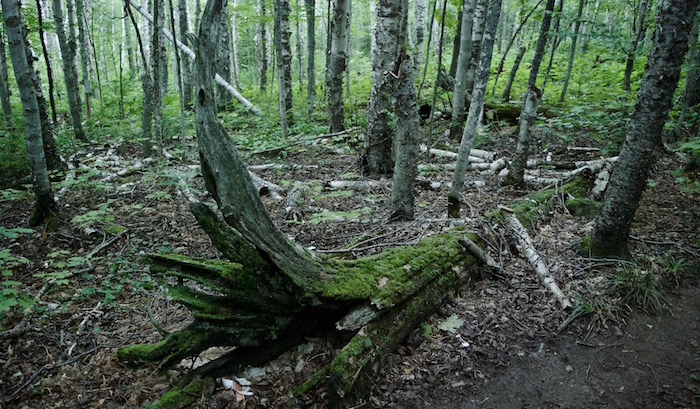
Meadow to Forest
Everything on Isle Royale wants to become forest, provided it isn’t interrupted by fire, flood, wind, infestation, or soil loss. The process is straightforward: trees grow, shade out the meadow species, and shade-tolerant underbrush grows in its place. Birches and aspens dominate this process, and the understory is full of thimbleberry, aster, bracken fern, wild sarsaparilla, bunchberries, and bluebead lilies. Tree growth and foot tangling are as the other spells. The spell takes only one round.
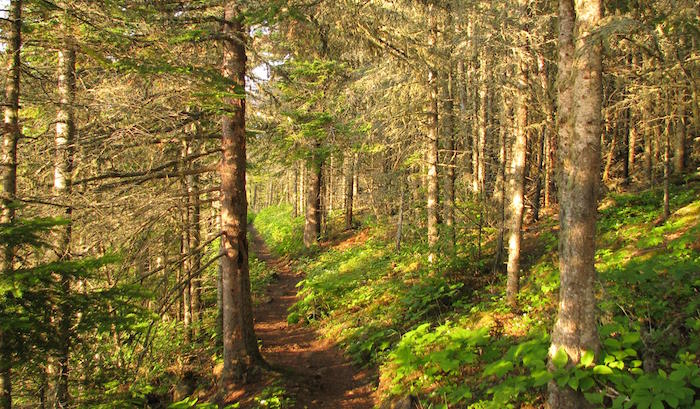
Mature Forest
Assuming the forest isn’t burned down and moose browsing doesn’t delay its maturation too much, the forest’s character will change and it will come to be dominated by firs and spruce. These slower-growing evergreens are poor pioneer species, but their foliage is dense enough to shade out competition.
This spell takes three rounds. In the first, a dense understory of fir and spruce saplings grow in the shade of the aspen and paper birch. This risks impaling the unwary, grants concealment to anyone in the area, and slows their movement. In the second round, the birches and aspens age and die and fall, risking damage to anyone caught underneath. In the third round, the firs and spruce shoot up to full height. If this forest is on a hilltop above the layer of cool, moist air that forms over Lake Superior, instead of firs and spruces, you’ll get sugar maples and yellow birch.
Theoretically, the forest could remain in this state until climate change destroys it, but in practice some event will revert it to a meadow soon enough. Nature is never static.
Come follow and talk to me on Facebook and Twitter!
–
Source: Superior Wilderness: Isle Royale National Park by Napier Shelton (1997)






